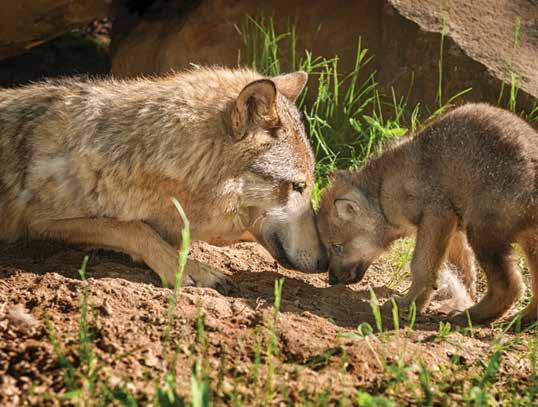
16 minute read
Suzanne Asha Stone Our Shared Earth
Not only human parents love their children. Many animals also share deep bonds with their young. Among the most extraordinary is the protective bond of wolf moms and dads to their pups. Wolf parents will risk their own lives to protect their young from harm. Their young are only born in the springtime, just as bison and elk are birthing their calves and deer their fawns. It is the way of Nature that the youngsters are born when they have time to mature over the summer, so they are large and strong enough to survive the following winter. It is also the way of Nature that the wild herds produce more young than the land can sustain making it easier for wolves to care for their young when food is abundant. As the strongest and fittest survive, they pass on their genes and strengthen the overall long-term health of the herds. And it is the wolf’s role to cull the weak, diseased, injured, and some of the young from the herds. This complex ancient ritual of Spring is deeply woven into the instincts of the wild ones.
Today, our planet is undergoing a dramatic loss of wild flora and fauna. We are losing species at a faster rate than any other time since humans have walked the earth. And as we study the impacts of losing biodiversity, we are beginning to understand the critical value of wolves, bears, pumas, and other predators. As many indigenous people have known all along, the wolves’ instinctual culling of their prey helps keep both their prey and the habitat around them healthy. Specifically, as wolves test their herds looking for the most vulnerable, they are also moving elk, deer, and bison across their habitat, which prevents them from overgrazing and destroying essential grasses, bushes, and trees. In turn, the plants provide essential habitat for beavers, songbirds, native fish and even help protect the rivers from erosion. It is a check and balance system that has helped sustain these ecosystems over millennia.
Advertisement
Let us take an introspective journey. While the wolf pup, kittens, horse, and other animals are victims of appalling individual abuse that prompts us to donate to NGOs (Non-Governmental Organizations) to restore animal protection and to speak on their behalf, it is time for us to admit that this action is not enough. Proactive steps must be taken by all of us. Collectively, through complacency and passive behaviors, we as humans are abusing our earth in ways that has the same monstrous result – harm, pain, suffering, and death – for those vulnerable beings that share our planet.
Every species has a unique role in Nature to fill that we may not yet even begin to understand. For example, there is still a deep misunderstanding of wolves. To some, they only see a dead elk or deer as fewer to hunt and eat themselves; a lost sheep or cow as something stolen from them personally. They believe that Nature must be managed by humans, or she will “run wild,” which to them is unfathomable. In their world, the wolf is seen as a threat that must be controlled or destroyed. To do otherwise, would be to embrace a position lower on the hierarchical ladder challenging their core beliefs of the authority of Man over Nature. Simply put, wolves are a threat to their right to control Nature. And this belief that controlling Nature gives them control of the world around them helps them maintain a façade that (hu)mans are the center of the universe. It allows them to justify killing wolf pups in dens before their eyes have even opened. To those who love wolves, these trappers and hunters are the actions of monsters. Akin to the monster who throws a box of kittens in a dumpster or starves their horse behind a barbed wire fence while the barn is full of hay.
Confronting the Monster. Not that one. The One in the Mirror
Let us take an introspective journey. While the wolf pup, kittens, horse, and other animals are victims of appalling individual abuse that prompts us to donate to NGOs (Non-Governmental Organizations) to restore animal protection and to speak on their behalf, it is time for us to admit that this action is not enough. Proactive steps must be taken by all of us. Collectively, through complacency and passive behaviors, we as humans are abusing our earth in ways that has the same monstrous result –harm, pain, suffering, and death – for those vulnerable beings that share our planet.
And we are all complicit. In truth, we too are monsters.
Today, more than one million animal and plant species are threatened with extinction— the highest number ever in human history. In just the last few hundred years, as our population has grown to 8 billion people, we have collectively remade the planet in our own image. 96% of the mammalian biomass on earth is made up of humans and our domestic livestock (food). Only 4% of this biomass remaining is comprised of wild mammals, and we are losing more every day to habitat destruction and climate alteration, overhunting and poaching, and toxins in the soil, water, and air.
© Suzanne Asha Stone
While less than 5% of the world’s population, indigenous people protect 80% of global biodiversity and many are risking and some losing their own lives to stand against destruction of rainforests, butterfly habitat, protection of rivers, and more.
Worldwide, insect populations are rapidly declining by 1 – 2% per year due to harmful agricultural practices, climate change, light pollution, deforestation, use of pesticides, pollution, and invasive species. These alarming decreases need urgent solutions as insects are essential to life on earth including human and wildlife food supplies.
In North America alone, we have lost 3 billion birds from our wildlife populations since the 1970s. Many for the same reasons that insects are in such sharp decline. Globally, we have lost two thirds of our wildlife in the last 50 years. And while humans represent only .01 of all species on earth, we are responsible for the loss of more than 83% of all wild mammals on earth.
Gaining the World’s Attention
A growing number of scientists, community leaders, and activists now understand that the biodiversity and climate crisis is one major event, threatening all life on earth, and they are desperately trying to gain our attention. It is like all being on a train together and with a few alert passengers who can see there is a bridge out ahead but cannot find a way to break through the cell phones, headphones, political tug of wars, privileged apathy, poverty, viral social media, and other hurdles to get the world’s attention before it’s too late and we all fall into that abyss together. And they are not the first to see this coming. Indigenous people have been warning us all along about the consequences of choosing not to live in right relations with the Earth. While less than 5% of the world’s population, indigenous people protect 80% of global biodiversity and many are risking and some losing their own lives to stand against destruction of rainforests, butterfly habitat, protection of rivers, and more.
Why are we not listening?
Collectively, we can change tracks. And it is our only logical choice: a healthy planet provides sustainable food, shelter, clothing, and temperatures that support all life. But our old broken systems will not solve these problems. They are the reason that the bridge failed in the first place.
© Suzanne Asha Stone
The loss of biodiversity is unprecedented, accelerating, and yet, we still have a choice
The 16 students who are fighting the State of Montana in court over climate impacts are symbolic of the youth around the world raising awareness and demanding change. They are not telling us how to fix the problems, that is our responsibility, but they are rightfully demanding that those of us from prior generations help them before they inherit a mess so broken that it cannot be fixed. They can see that the bridge is out and their shared fate of enduring avoidable suffering, epic droughts and flooding, and loss of food and shelter for billions is on their direct path. As adults, we need to support and empower them and elevate their voices.
We need new sustainable systems not only for humanity’s way of life but also for protecting our planet’s precious biodiversity. These systems must be nature-based solutions that allow humanity to work with Nature instead of working against her. And, as communities embrace the concepts of re-wilding and restoring native ecosystems, learning how to coexist with nature will be the key to avoiding the mistakes of our past and healing our future. In working with Nature instead of against her, we benefit in so many ways from clean water and safe food supplies to resilient ecosystems that support both local wildlife and local communities. It is a win for biodiversity and for generations to come.
Youth Action
The 16 students who are fighting the State of Montana in court over climate impacts are symbolic of the youth around the world raising awareness and demanding change. They are not telling us how to fix the problems, that is our responsibility, but they are rightfully demanding that those of us from prior generations help them before they inherit a mess so broken that it cannot be fixed. They can see that the bridge is out and their shared fate of enduring avoidable suffering, epic droughts and flooding, and loss of food and shelter for billions is on their direct path. As adults, we need to support and empower them and elevate their voices.
What can we all do? Some suggestions from people around the world:
Grow a pollinator plant or a whole garden – Avoid driving in wildlife habitat at night when possible – Slow down when driving in wildlife habitat – Ride a bike for local travel – Adopt or have fewer or no kids – Reduce or avoid using chemicals like pesticides and toxic fertilizers – Buy organic produce or grow your own – Help build or care for a community garden – Purchase clothing and items made of natural and sustainable materials and avoid microplastics – Turn off or reduce use of outdoor lights at night – Eat less or no red meat, especially sourced from suppliers who buy their meat from producers who kill wolves, bears, coyotes on public lands instead of protecting livestock using nonlethal coexistence methods.
© Suzanne Asha Stone
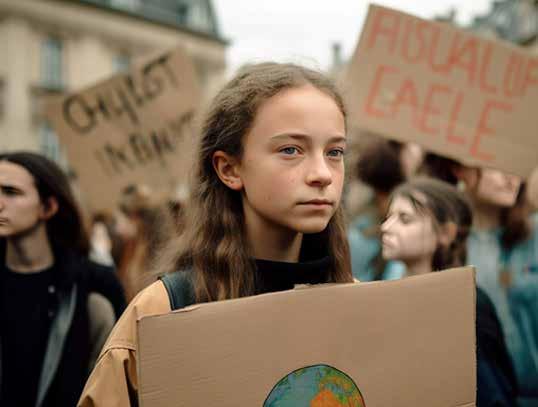
Like the wolf that is so deeply committed to protecting its young, we are the guardians of all youth in our respective communities. The choices we make today will not impact us as deeply as they affect the youth who follow us. We owe it to them to help them build a better world than the one we have made. This is our opportunity to restore our right relations with the Earth and create a richly and sustainably abundant new world. Why would we accept anything less?
– Replace your grass lawn with micro clover or other pollinator friendly ground cover – Reduce, reuse, recycle, and restore – Avoid supporting harmful industries in your investments – Spend time in Nature, even if it’s just 10 minutes a day looking at the sky – and more. Add your suggestions to the comments.
You can also Take the Citizen of the Earth Pledge or write your own!
Like the wolf that is so deeply committed to protecting its young, we are the guardians of all youth in our respective communities. The choices we make today will not impact us as deeply as they affect the youth who follow us. We owe it to them to help them build a better world than the one we have made. This is our opportunity to restore our right relations with the Earth and create a richly and sustainably abundant new world. Why would we accept anything less?
“The eyes of the future are looking back at us, and they are praying for us to see beyond our own time. They are kneeling with hands clasped that we might act with restraint, that we might leave room for the life that is destined to come. To protect what is wild is to protect what is gentle. Perhaps the wilderness we fear is the pause between our own heartbeats, the silent space that says we live only by grace. Wilderness lives by this same grace. Wild mercy is in our hands.”
― Terry Tempest Williams © Suzanne Asha Stone
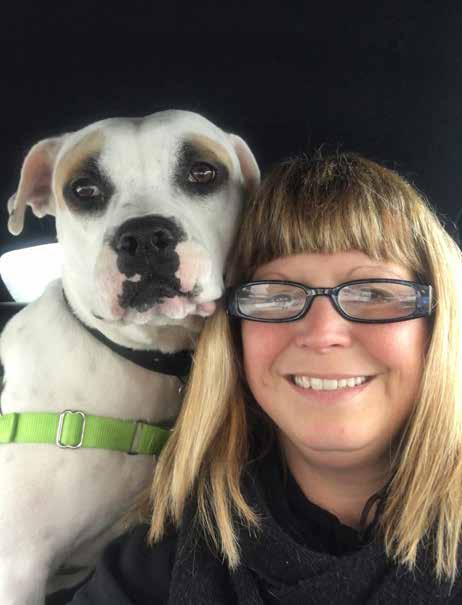
Katie Costello was born and raised in Hubbard, Ohio, USA. Her greatest passion in life has always been to help animals. She is lucky enough to be a licensed veterinary technician and owner of The Canine Campus Training and Wellness Center and The Canine Campus Bed and Biscuit Inn, where she helps animals through behavior work, does training of all types including aggression, fear, and service dog work. A vegetarian since she was 6 years old and a vegan for the last 15 years, she currently has 7 dogs, 5 cats, 7 chickens, 3 roosters, 1 very special turkey and 2 farm pigs that are amongst her dearest friends. She is founder of 2 non-profit organizations, K-9’s for Compassion (Co-founded with her father), a therapy animal group and The Together 3 Journey, a service dog organization. She has been on the board of many animal organizations throughout her life, including Happy Trails Farm Animal Sanctuary and C.H.A.I.N. (Community Helping Animals In Need) and SVBT (Society of Veterinary Behavior Technicians) She enjoys freelance writing about (mostly) animals for different magazines, with her favorite being Live Encounters! https://thecaninecampustraining.com/
Katie Costello
Beauties of Bosnia
Photo Feature
As a girl growing up in the 80’s the mere name of Bosnia caused me to shudder. Every night our American TVs were filled with the war going on in Bosnia, the burning of Sarajevo, the endless land mines left behind making it nearly impossible to navigate. The absolutely horrific human crimes that went on during that war. When I learned that there were wild horses in Bosnia, though, I knew I had to go. In April we went to Livno, Bosnia in Herzegovina and met with the wonderful owners of Livno Wild Horses Adventure Tours. To say this was one of the best days of my life would be an understatement. Our guides took us to the top of the Cincar mountains, the plateau Kruzi are home to more than 800 horses. Truly, heaven on earth.
The history isn’t incredibly old. Within my lifetime, as people were fleeing from their homes due to the war, they took their horses to the top of the mountain in hopes that they would survive the conflict. And survive they have! These beautifully majestic animals have a way of seeping into your soul. Because they were working horses, they have draft stock in them. I love wild (feral) horses more than anything-and these horses were different than many of the others I have seen. The stark contrast of those mountains made it a beautiful scenery, where their food was plentiful with the many open plateaus. They are very substantial horses. They were displaying and speaking with their body language to one another, and many different behaviors were offered.
At the end of this amazing day, our friends had prepared us an authentic vegan meal…as if seeing those horses weren’t enough! I can be so fussy with food, and had already started to think up the excuses that I would use as to why I couldn’t eat the food…however, everything was absolutely delicious. It was amazing. I recommend this outfit if you are EVER near Bosnia. They were top notch! After our meal it was time to part ways. My only wish was that we had more than 1 day with them.
© Katie Costello
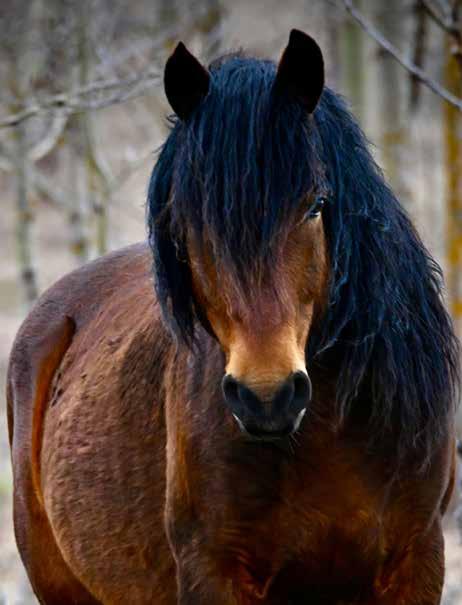
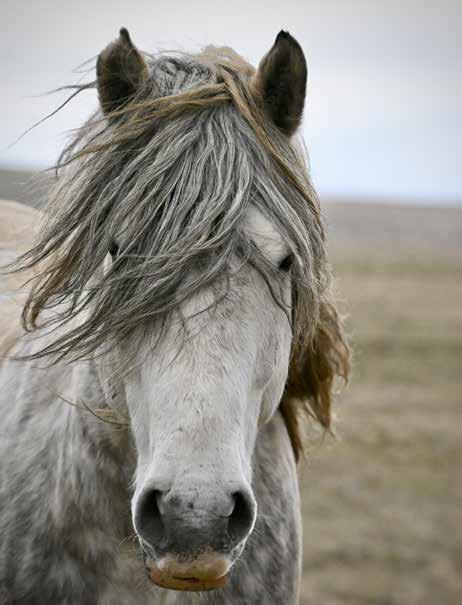
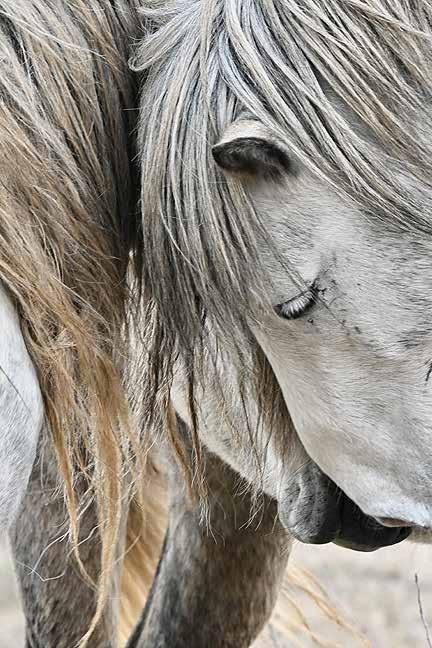
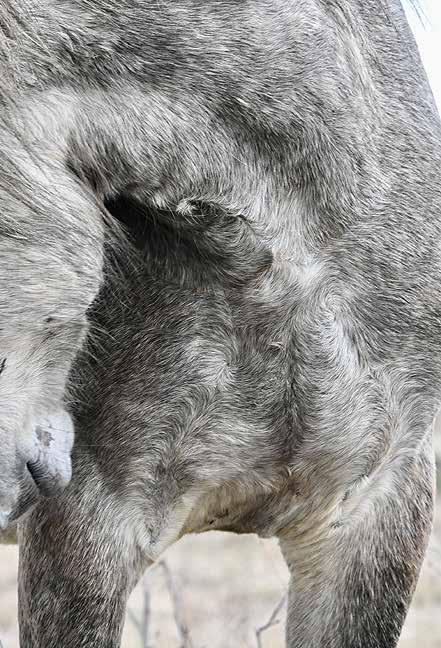
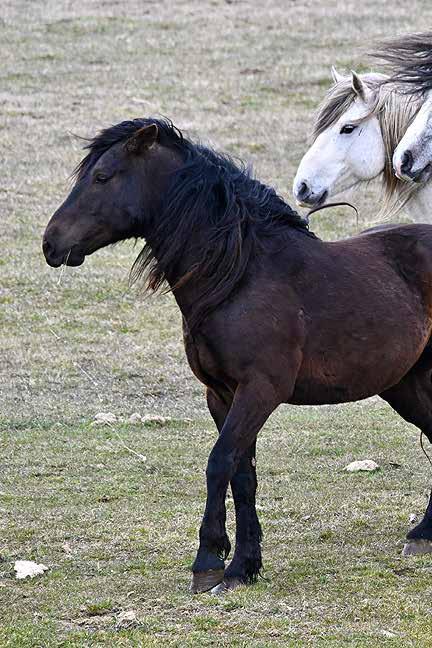
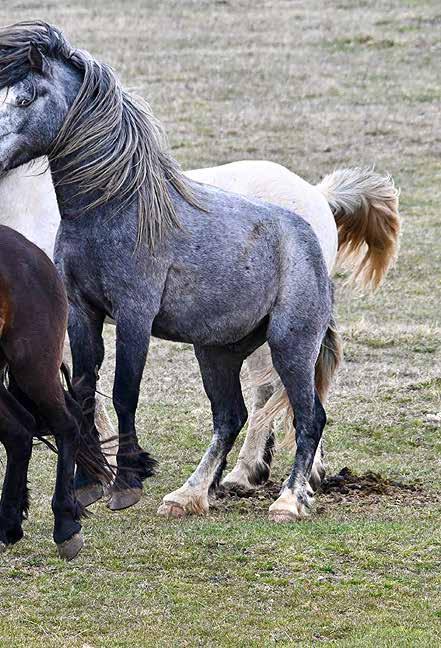
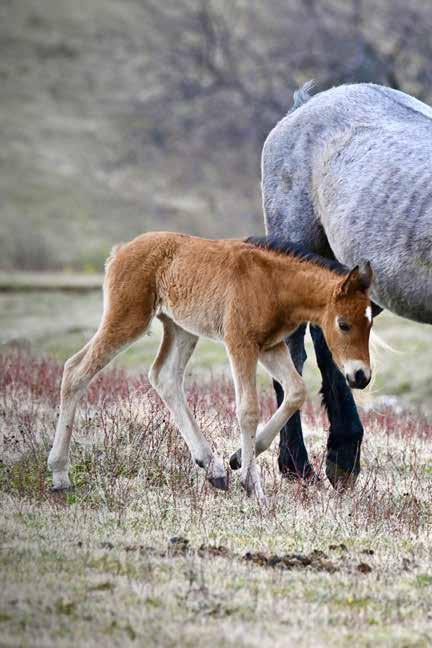
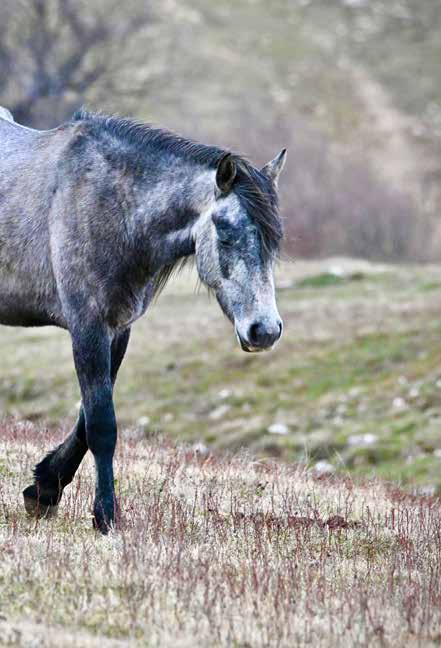
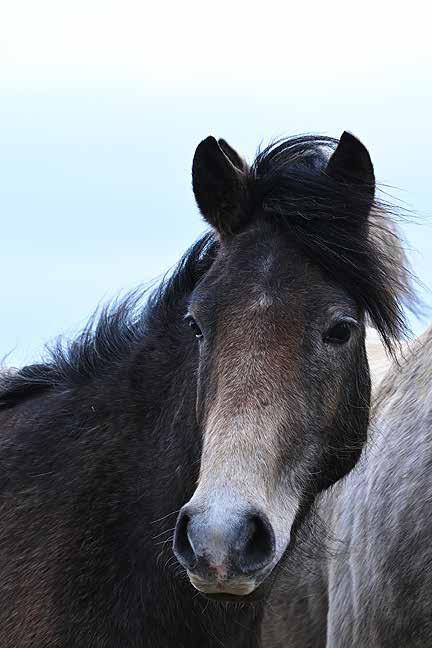
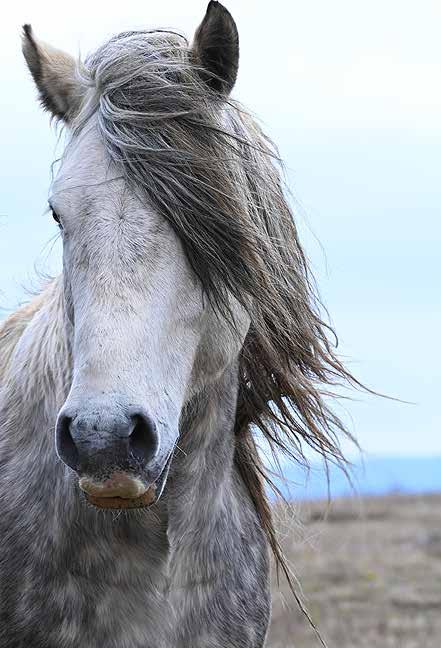

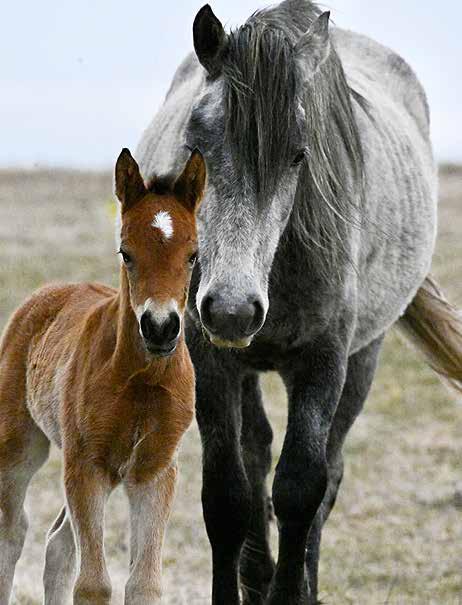
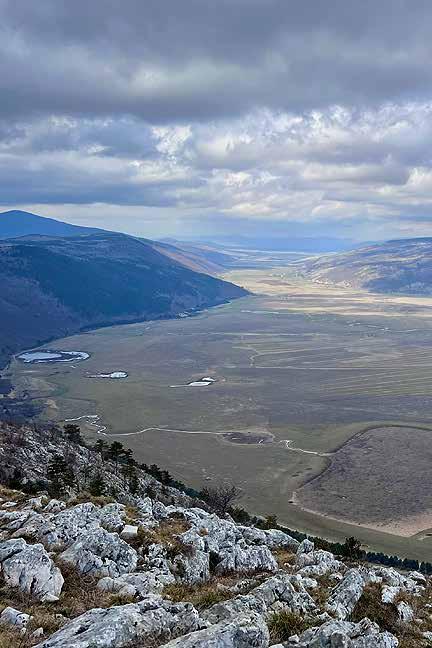
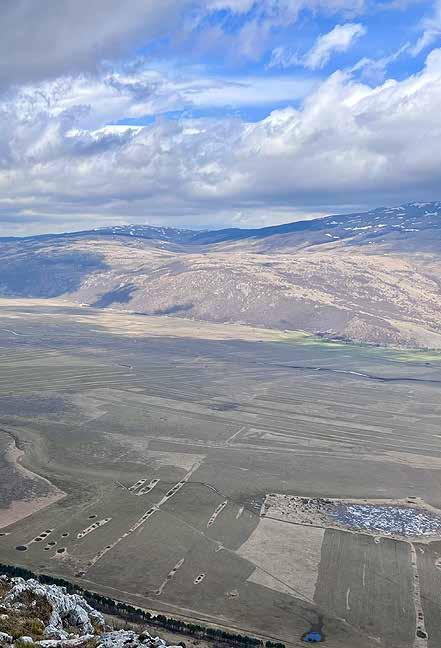
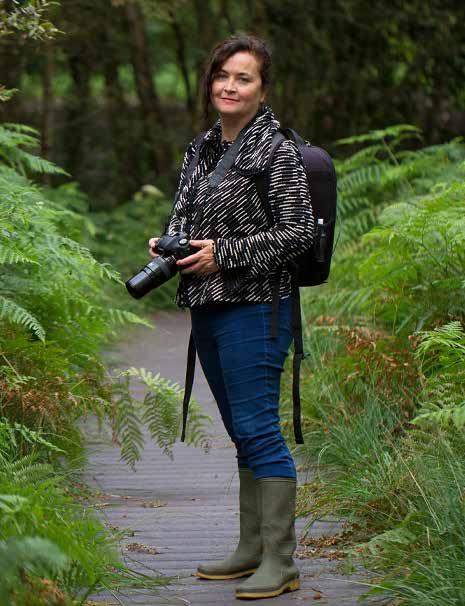
Tina Claffey is an award-winning Irish nature photographer and author of ‘Tapestry of Light-Ireland’s bogs & wetlands as never seen before’ in 2017, and ‘Portal-Otherworldly Wonders of Ireland’s Bogs, Wetlands and Eskers’ in 2022. Her observations and unique perspective through her macro lens of the flora and fauna of the raised bogs and wet woodlands of the Irish midlands are celebrated in her work. She has exhibited in group shows in the US, Botswana, Zambia and has had solo exhibitions throughout Ireland. Her work is part of many art collections, permanent exhibitions, including the permanent collection at Áras an Uachtaráin, home of the Irish President. She has presented her work on many worldwide online platforms including the Wildlife Habitat Council Online Conference in the US and the UN Climate Change Conference (COP 26) to promote the importance of the Irish bog wilderness. Find out more about Tina’s work and order her new book ‘Portal’ here: https://www.tinaclaffey.com/
Tina Claffey Winged wonders of Ireland’s bogs & wetlands Photo Feature
I love to get ‘lost’ in the bogs, eskers and wetlands of Ireland with my macro lens throughout the seasons. The macro lens allows me to capture what cannot be seen by the naked eye, and capture scenes that defy our sense of reality, glimpses of other miniature worlds that co-exist with us.
I am fascinated by the otherworldly winged creatures that I encounter on my explorations. Long before dinosaurs walked the earth, there were dragonflies in the sky. They were some of the first winged insects to evolve, around 300 million years ago. Back then oxygen levels were much higher, allowing giant dragonflies to evolve, with wingspans like eagles. They are fearsome predators of flying insects like midges, mosquitos and other small bugs. However, most of their lives are lived underwater as nymphs!
All dragonfly and damselfly nymphs have six legs and wing-sheaths and live underwater. They also have a hinged jaw that can shoot out in an instant to catch prey. Many are green or brown, so they are camouflaged from predators. Once nymphs are fully grown, they crawl out of the water and shed one final time, emerging from their ‘exuvia’ and take to the skies.
Our beautiful butterfly species are also spectacular, their wonderful patterned wings with tiny colourful scales like nature’s embroidery. And of course, our wonderful mysterious moths, so many variations from micro to large winged, some species flying by day, and many by night. Their transformations from wondrous caterpillar to moths and butterflies always a joy to observe. Both butterflies and moths are valuable pollinators, supporting the health of this precious ecosystem.
© Tina Claffey
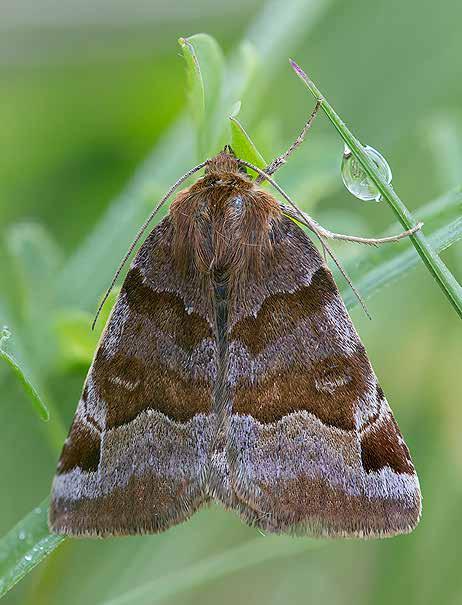
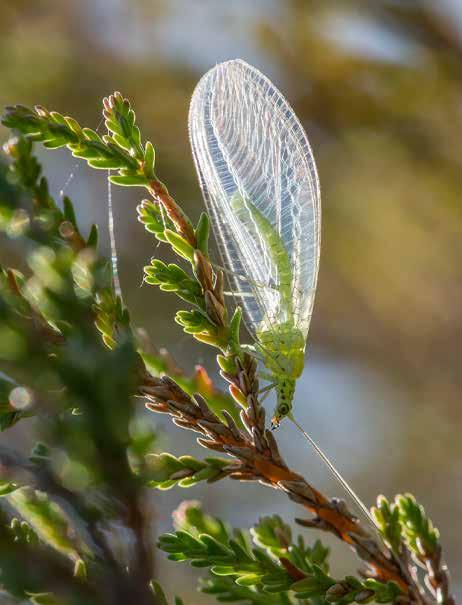
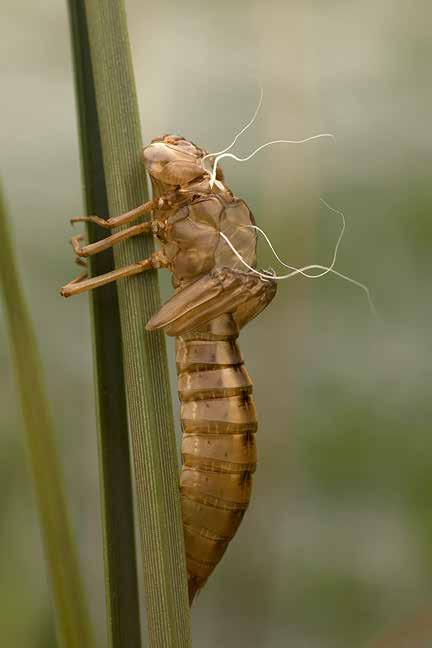

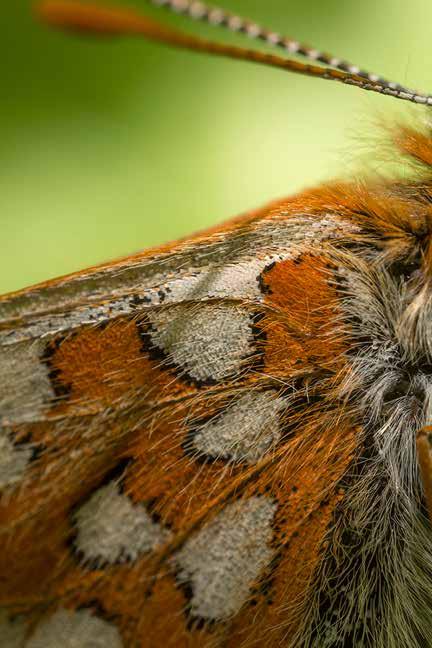
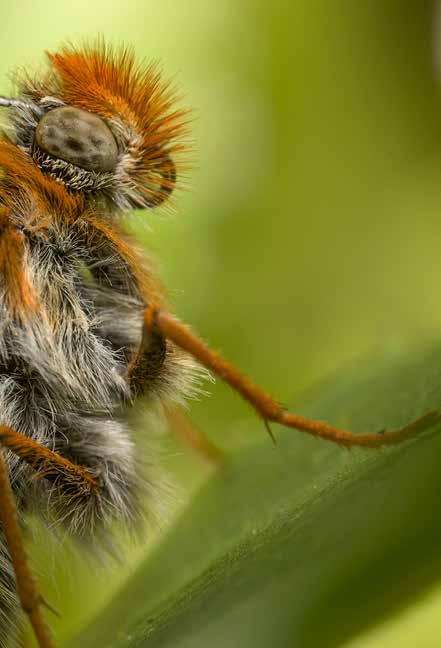
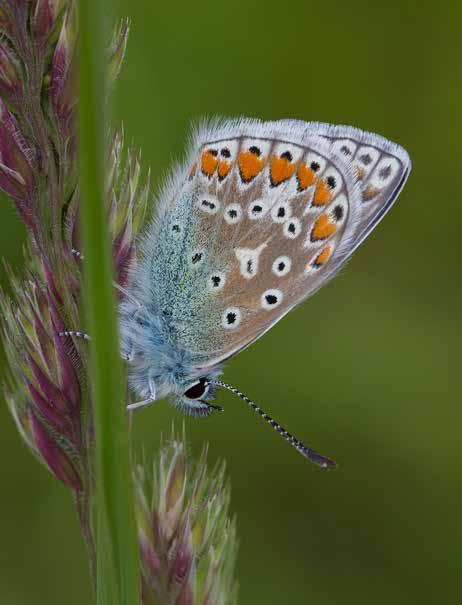
Mating Blue Tailed Damselflies
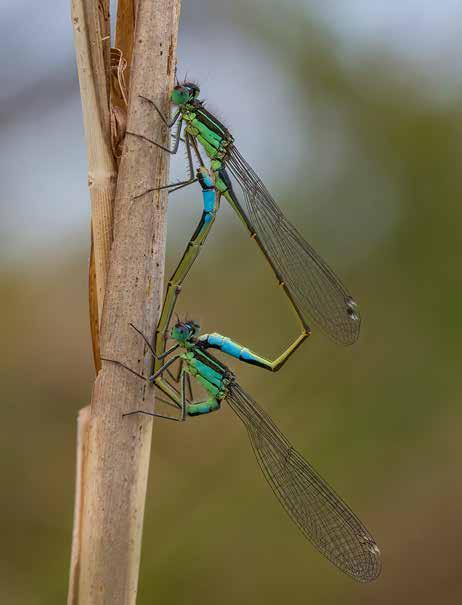
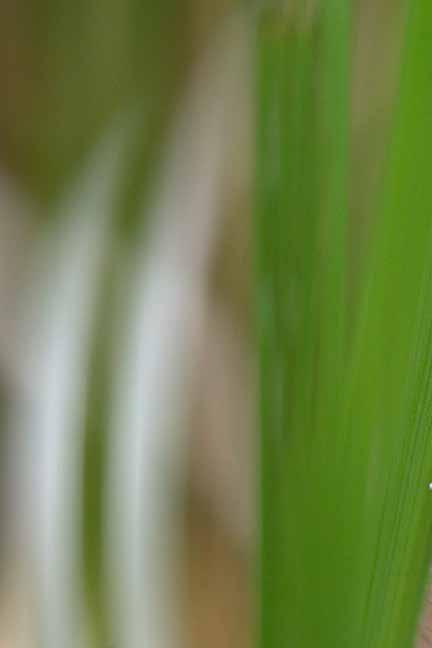
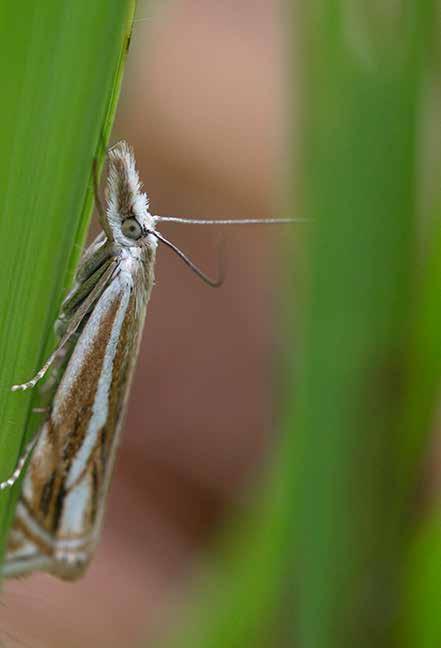
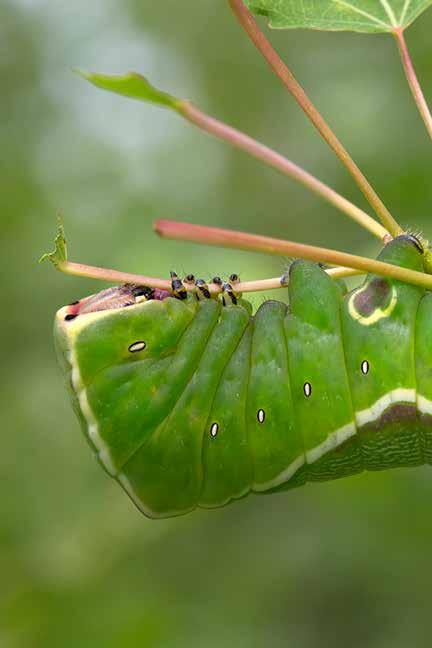
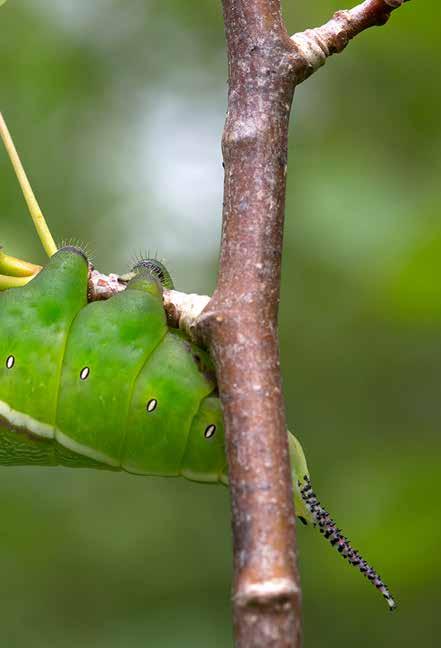
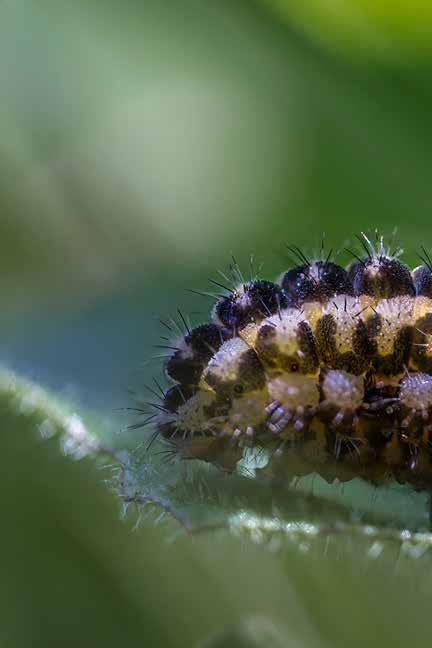
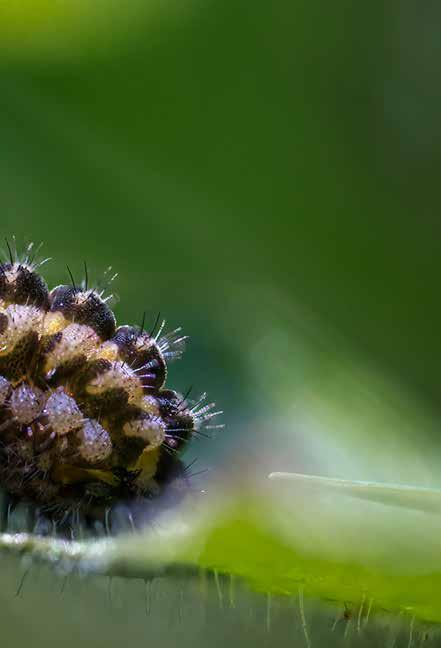
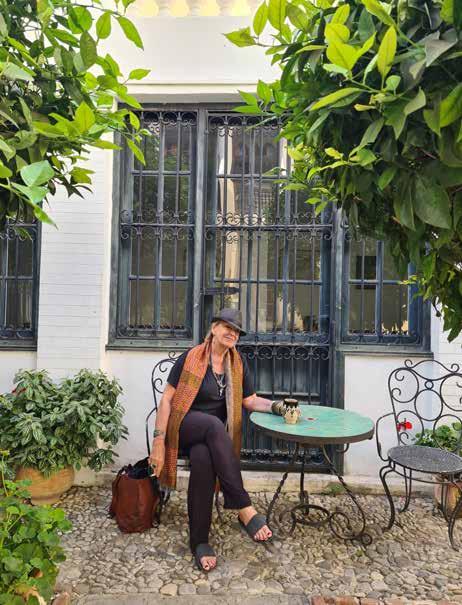
Jill Gocher, a Bali based international photographer, has spent her life exploring and enjoying Asian cultures. Her work has appeared in National Geographic, Time, International Herald Tribune, Asia Spa, Discovery, Silver Kris and many more. Her books – Asia’s legendary Hotels, Periplus, Bali- Island of Light – Marshall Cavendish, Indonesia – Islands of the Imagination. Periplus, Australia – the land down under – Times Editions, Singapore, Indonesia – the last paradise – Times Editions. She has held exhibitions in Singapore, Kathmandu, and Bali. Photojournalist + Media Consultant, AmazonPage: www.amazon.com/author/jillgocher instagram jillgocher
Jill Gocher
Morocco Mosaic
Photo Feature
Morocco is such a vast and diverse country it’s difficult to encapsulate in just a few photos. From the chilly ruggedness of the High Atlas to the vast expanses of the Sahara, cosmopolitan Tangier and bustling Marrakech, to the long littoral facing the Atlantic, it’s physically stunning but through the whole country there exists a thread of essential Moroccan flavour.
What I attempt to do here is to impart the feeling of this strange and somewhat mysterious country. It is a place where things are hidden and only slowly revealed. The women hide behind veils. The exteriors of the dwellings are plain, even drab, yet the interiors can contain great riches and richness. Narrow alleyways that twist and turn through the various medina or marketplace confuse reveal surprises at every turn – confusing to the unaccustomed visitor.
The light and shade, the history and architecture, and most of all, the warmth of the people reveal themselves slowly.
Ancient trade routes passed through the sub-Sahara, where long trains of laden camels would bring valuable treasures to distant markets. While these trade routes are no longer, they leave a legacy of enigmatic buildings and scattered oases. Caravanserais would accommodate these camel trains overnight, while their leaders would catch up on local gossip, chatting over endless cups of the ubiquitous mint tea. Today we are left with the memories, while bustling Marrakech entertains a new kind of visitor.
© Jill Gocher

02. Intricate mosaic work is a Moroccan trademark. It lends a visual richness to every surface and while the exteriors are often plain, the interiors are a delight.

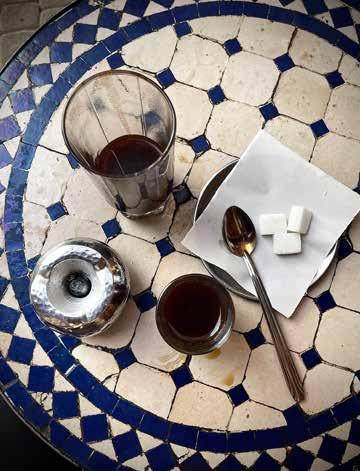
04. The cigarette seller. This lovely old man would sit at his post every day, waiting for business. But give him a hello and a little recognition and he would come alive, blossoming into a sweet shy being. How hard his life has been we can only imagine, but his resilience is an inspiration.
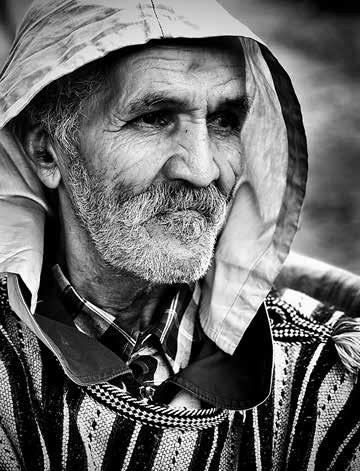
05. In this almost deserted souk of the south, it is mostly only ghosts that remain. only a few of these ancient towns have inhabitants. Here we visited a jewellery seller, hidden behind many twisting and covered alleyways, giving an impression of bygone days. Light and shade gave life with a series of cunningly placed lightwells incorporated into the architecture of the rather dark buildings.
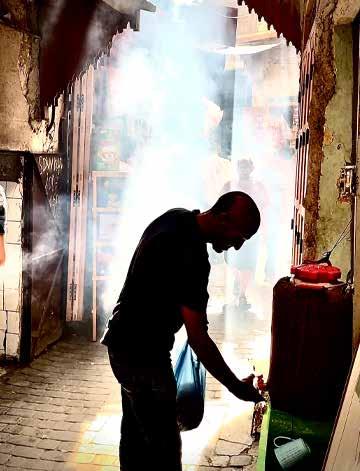
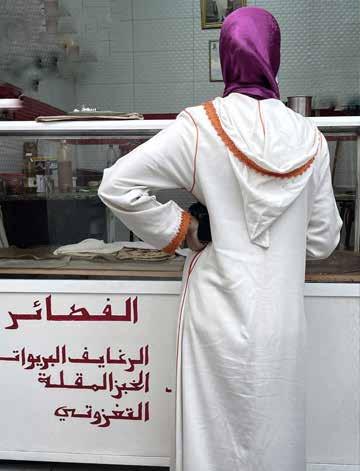
08. A little encouragement and this traditionally garbed woman managed to act up (discretely) for the camera. A little lift of her veil, a little smile and she is picture perfect.
09. The warren of tunnels and covered walkways in the Main souk of Fez remains a mystery for visitors who usually manage to get lost without a guide. Twisting and turning with. No visible landmarks can prove to be very confusing to the visitor. But for those who have been accustomed to these walkways since birth, they know all in the ins and outs like the back of their hand.

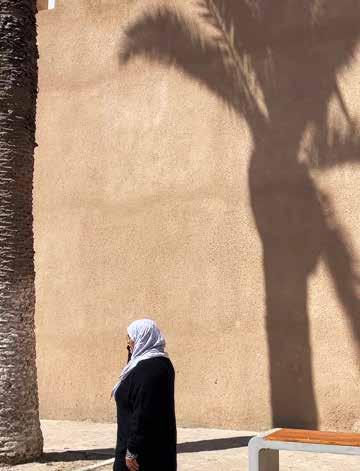
11. South Morocco provides many incredible glimpses into a past where camel trains laden with spices, silks, gold and ivory, passed through to their last stop between China and Europe. Traversing North Africa, through the sub-Sahara caravans stopped in these walled fortresses on the way to their final destination.
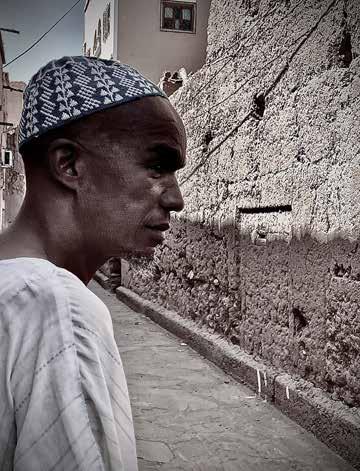
12. The cold stone walls of some of the old fortified walls of Essaouira give credence to its rather dramatic history. If one let one;’s imagination run riot, there is no telling how many ghosts would be revived. For some of us those ghosts seem to live in the very walls of the well fortified bastions, although now they are more likely to house tourist shops.
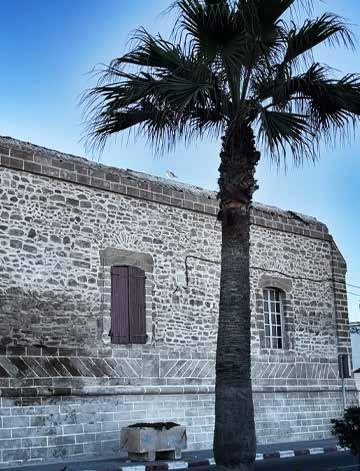
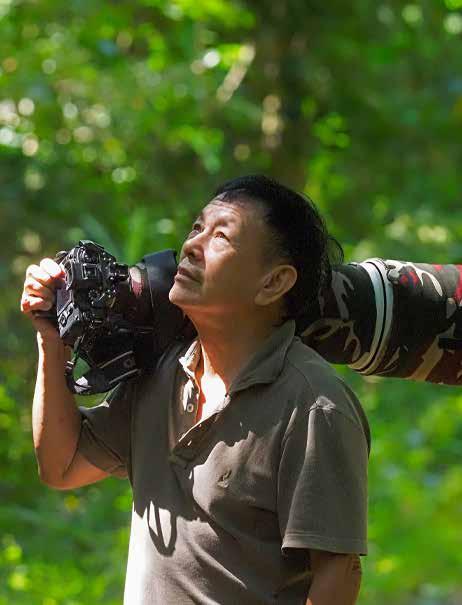
Tang A Pau is a professional photographer living in Saigon. He has 15 years of experience. He is a volunteer photographer with ICF Asia (International Crane Foundation) and of some National Parks in Vietnam. Tang's stories are usually about the natural beauty of places, and species at risk, and encourage environmental awareness. He hopes through his experience and photographs he can highlight all the great benefits that Nature has to offer in Vietnam. Publications: 2021 - Co-author, Birds of Vietnam Co-author, Atlas of Cattien National Park
Special thanks to Nguyen Thuy Hoa, Head of VOV International Cooperation Department, Hanoi, for making this happen.





